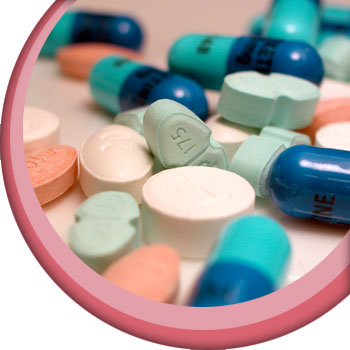
Trimethoprim/Sulphonamide
(TMPS)
Spectrum
Nocardia spp. Brucella spp. Gram-negative bacilli and some
Gram-positive, large proportion of anaerobes.5
Physicochemical properties
Moderate to high lipophilicity. Trimethoprim is a weak base and sulphonamides are weak acids.3
Distribution3,4,7
Good distribution.
Will cross the blood-brain barrier (BBB).
Trimethoprim is basic so becomes ion-trapped at sites of inflammation, the mammary gland and prostate.
Pharmacokinetics
Antimicrobial
Cmax
Protein
binding
Volume of distribution
Metabolism & elimination
Terminal
half life
Absorption
Tmax
Trimethoprim/
sulphonamide
Data not sourced
Data not sourced
1.49 L/kg 25
Renal and hepatic.25
For trimethoprim 2.5 hours.25
For sulphonamides 9.84 hours.25
Well absorbed orally.25
1-4 hours 25
Parameters for oral administration in dogs unless otherwise stated.
Side effects/contra-indications
Side effects and contra-indications may vary between presentations. Some of those seen more frequently are included here but veterinary surgeons should always refer to the Summary of Product Characteristics (SPC) for full details before prescribing a product.
Sulphonamides may cause keratoconjunctivitis sicca and hypersensitivity reaction in dogs.25,85
It is suggested that it may be advisable to avoid their use in dogs with uroliths or at increased risk of this condition.25
Disclaimer: Indications and doses may vary between products. The antimicrobials listed may constitute an off licence use of the product and as such should only be used according to the ‘Cascade’, further details of which are available on the RCVS, VMD and NOAH websites. Veterinary surgeons are advised to carefully check the Summary of Product Characteristics (SPC) before prescribing a product and obtain informed owner consent where required.

